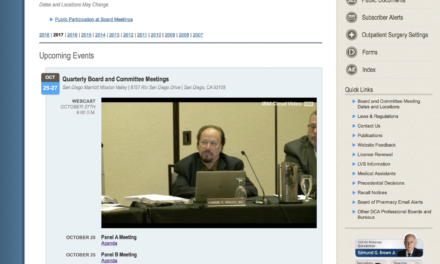January 17, 2017 “Senseless Limits on Marijuana Research” —this is the headline on the New York Times’s editorial discussing the new National Academy of Sciences report on cannabis as medicine. The editors decry the now familiar obstacles to research —the herb’s presence on Schedule I, as if it was harmful and had no medical use, and NIDA’s absurd decree that only the University of Mississippi can grow research-quality cannabis.
The accompanying graphic on the Times ed page shows a package of rolling papers with an MD instead of Monsieur Zig-Zag, a package insert, and an artfully twirled doobie —a delivery system that conveys a mixed message, image-wise.
Here’s the editorial from the self-styled paper of record (which ignored the medical marijuana story for about 15 years):
Even as more and more states allow their residents to use marijuana, the federal government is continuing to obstruct scientists from studying whether the drug is good or bad for people’s health.
A report published last week by the National Academies of Sciences, Engineering and Medicine points out that scientists who want to study cannabis have to seek approvals from federal, state and local agencies and depend on just one lab, at the University of Mississippi, for samples. As a result, far too little is known about the health effects of a substance that 28 states have decided can be used as medicine and eight states and the District of Columbia have approved for recreational use.
The situation is so absurd, the report says, that chemists and brain researchers are not allowed to study cannabis concentrates and edibles. Yet those forms of the drug are widely used. For example, in Colorado, where voters decided to create a regulated market for marijuana in 2012, sales of concentrates reached $60.5 million in just the first three months of last year.
Many of the research restrictions stem from the federal government’s decision to classify marijuana under Schedule I of the Controlled Substances Act, which limits access to funding, among other burdens. The report, which was written by a committee of health experts, does not go as far as calling for reclassification, something that Congress or the executive branch has the power to do.
But the report’s conclusions show why marijuana does not belong with LSD and heroin on Schedule I, defined as substances with a high potential for abuse and no accepted medical use. The committee’s review of existing studies found “conclusive or substantial evidence” that marijuana or compounds in the plant can effectively treat chronic pain, nausea from chemotherapy and some symptoms of multiple sclerosis. Though there is not enough evidence to show that epilepsy and post-traumatic stress disorder can be successfully treated, the report said continuing clinical trials may yet provide proof.
The report did point out that there could be harmful effects from marijuana use, like increased risk of car accidents. And marijuana smoking by pregnant women was linked to low birth weight. But cannabis does not increase the risk of lung or neck cancers and there is limited evidence that it leads people to start using other substances — the “gateway drug” theory.
Regrettably, Congress and the Obama administration have refused to remove marijuana from Schedule I. And President-elect Donald Trump does not support recreational use of the drug, though he has endorsed medical use. His nominee for attorney general, Senator Jeff Sessions, has a long record of opposing marijuana legalization by states and, in April, said, “good people don’t smoke marijuana.” During his confirmation hearings last week, he seemed to take a more sensible position by praising guidelines issued by the Justice Department in 2013 that let states experiment with legalization if they properly regulated production and distribution.
Even if Mr. Trump and Congress are unwilling to reclassify marijuana, they could remove the regulatory barriers to research and let scientists get to work.
Reformers generally consider the report a big step in the right direction, and “Remove the Impediments to Research!” makes a snappy and righteous battle cry. However, Jeffrey Hergenrather, MD, and others in the Society of Cannabis Clinicians question the report’s assumption that only randomized clinical trials constitute valid evidence.
The Vox News Service ran a summary of IOM 2.0 hedded “The benefits and harms of marijuana, explained by the most thorough research review yet. New report looks at more than 10,000 studies on marijuana. It has good news and bad new for pot users.” Which reminded us of AJ Liebling’s definition of liberalism: “On the one hand this, on the other hand that.”





